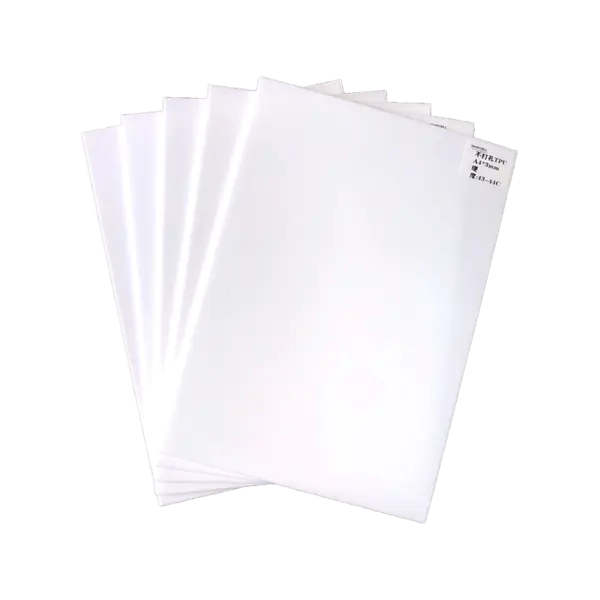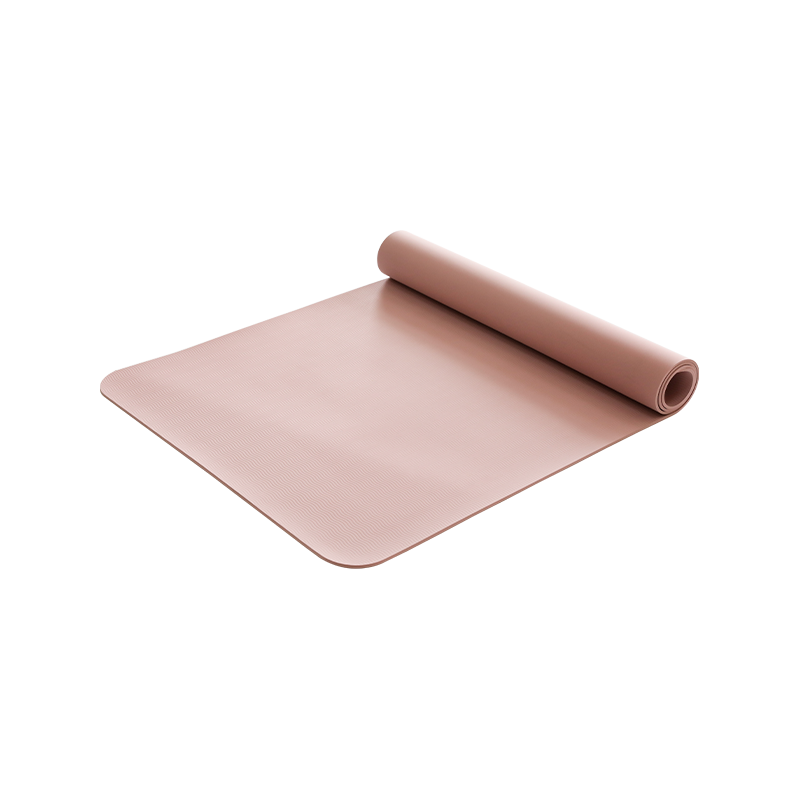Home / News / How polymer foam materials are used in the construction industry to improve the energy efficiency of buildings
How polymer foams are being used in the construction industry to improve building energy efficiency
Polymer foam plays a vital role in the construction industry, especially in improving building energy efficiency, and its unique physical and chemical properties make it an ideal thermal insulation material.
1. Thermal insulation principle of polymer foam materials
Polymer foam materials, such as polyurethane foam, polystyrene foam, etc., have a porous structure, and these pores are filled with air or inert gas. Because air and inert gases have extremely low thermal conductivities, polymer foams effectively block the transfer of heat. When there is a temperature difference between the inside and outside of a building, polymer foam can slow down the transfer of heat through walls, roofs or floors, thereby reducing a building's energy consumption.
2. Application of polymer foam materials in construction
wall insulation
Polymer foam is often used as wall insulation and is fixed on or inside the wall by pasting or spraying. This kind of insulation layer can significantly reduce the thermal conductivity of the wall and reduce heat transfer, thereby improving the thermal insulation performance of the building. This helps reduce energy consumption for heating in cold areas and for air conditioning in hot areas.
roof insulation
The roof is one of the parts of the building susceptible to the effects of outside temperature. Polymer foam acts as roof insulation, effectively preventing heat from entering the interior through the roof. This not only improves the energy efficiency of the building, but also protects the roof structure from damage from high temperatures and UV rays.
Floor insulation
Laying polymer foam materials under the floor of a building can reduce the downward transfer of heat and maintain a stable indoor temperature. Especially in cold areas, floor insulation can significantly improve living comfort and reduce heating energy consumption.
Pipe and equipment insulation
Heating, water supply and other pipes as well as air conditioners, refrigerators and other equipment in the building also need to be insulated. Polymer foams are ideal for insulating these pipes and equipment because of their lightweight, easy processing and well thermal insulation properties. By reducing heat loss, these insulation measures can significantly improve the energy efficiency of the system.
3. Advantages of polymer foam materials
Highly efficient thermal insulation
Polymer foam materials have extremely low thermal conductivity, which can significantly reduce heat transfer, thereby improving the thermal insulation performance of the building.
Lightweight and high strength
Polymer foam materials have low density and light weight, but have high compressive strength and impact resistance, which can meet the material strength requirements of buildings.
Easy to process and construct
Polymer foam materials can be processed and constructed through various methods such as pasting, spraying, and injection molding. They are highly adaptable and can be constructed quickly and easily.
Environmental protection and energy saving
Some polymer foam materials, such as polyurethane foam, can be recycled and reused to reduce resource waste and environmental pollution. At the same time, its well thermal insulation performance also helps reduce building energy consumption and carbon emissions.
Polymer foam materials have broad application prospects and significant energy efficiency improvements in the construction industry. By rationally utilizing these materials, we can not only improve the thermal insulation performance of the building, reduce energy consumption and carbon emissions, but also improve living comfort and extend the service life of the building. Therefore, during the building design and construction process, the application and advantages of polymer foam materials should be fully considered to achieve sustainable development and energy efficiency improvement of the building.



 English
English
 Español
Español

 ++86-0512-66079229
++86-0512-66079229

















